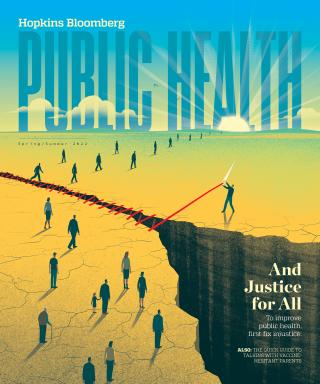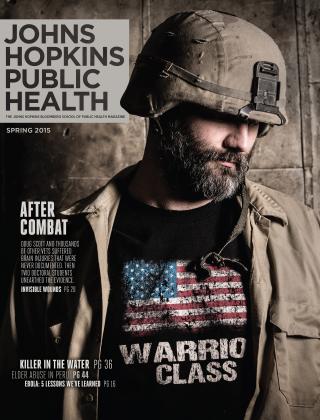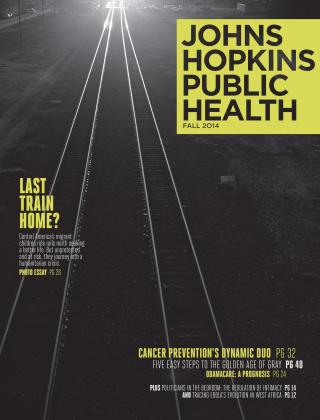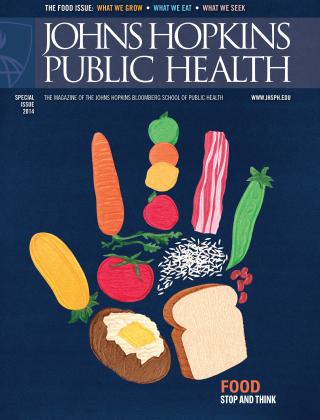Spring/Summer 2025
In this special issue, we document the broad and emerging impacts of U.S. government funding cuts on a wide range of research and projects in the U.S. and abroad, the scientists who conduct that work, and the people who benefit from it. We highlight public health in action—at the Comstock Center, on construction sites, and in labs both mobile and brick-and-mortar. And we share stories with lessons that can help us navigate the current moment—from Argentina, from the School’s history, and from the real-world experiences of our faculty, students, and alumni.


























































